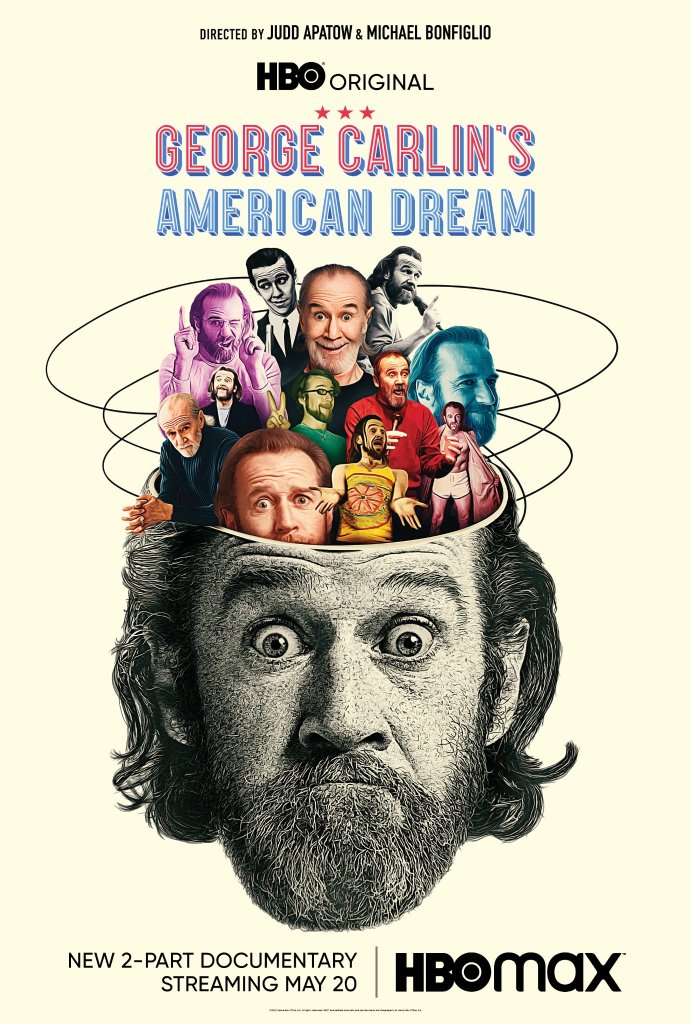I have been watching a few documentaries over the past few months and thought I share an opinion or two. If yout are interested in rock and roll, New York City history, or baseball there is something here for you.
Jerry Lee Lewis: Trouble in Mind

Directed by Ethan Coen this documentary is filled with incredible performance footage of “The Killer” rocking his life away. He was a powerhouse on the piano. On the flip side of the coin, there is plenty of interview footage, some disturbing when it came to his marriage to his 13-year cousin, Myra. It’s all straightforward and the music rocks. Streaming on Amazon.
If These Walls Could Sing
Directed by Mary McCartney, this documentary is a fascinating look at the long history of Abbey Road Studios whose many artists made history there including Mary’s dad and the other members of his band known as The Beatles (you may have heard of them). But there are many more than just the four lads from Liverpool who recorded there. Other artists included Elton John, Jimmy Page, Shirley Bassey, Cilla Black, John Williams and many more. Streaming on Disney.
Triangle Fire
The Triangle Shirtwaist Fire is one of the most famous and infamous in New York City history. 146 workers, 123 women and girls died in the fire. The youngest girls were 14. Most victims died of burns, asphyxiation, and the impact from jumping out of the 8th and 9th floor windows of the building. The company owners, Max Blanck and Issac Harris, their office on the 10th floor were quickly notified. They escaped by going up to the roof and jumping to the next building uncaring about their employees below. Most of the workers were poor Italian and Jewish immigrants working long hours for two dollars a day. Click on the link here to watch.
It Ain’t Over
Growing up I was a baseball fan, more specifically a Yankees fan. Mickey Mantle was my idol. It was the days of The Mick, Whitey Ford, Elston Howard, Hank Bauer, Bill “Moose” Skowron and Yogi Berra. “It Ain’t Over” is a loving documentary on one of the great ballplayers of his day. Ten World Series championships, three American League MVP Awards and eighteen All-Star appearances showed Yogi was one of the greatest players of his day and any other day. The film touches on his skills guiding pitchers during a game including Don Larsen’s perfect World Series game. Yogi knew batters better than most as both a player and later as a coach and manager. Oh yeah, his “Yogisms” and his unhappiness with the media, including the Yogi the Bear caricature, that many times overshadowed his abilities on the field and his feud with George Steinbrenner are all on display. Yogi was one of a kind, and as he once said, “if you can’t imitate him, don’t copy him.” No one could. Streaming on Netflix and other services.
The Lynchpin of Bensonhurst
I unexpectedly came across this documentary yesterday and what caught my eye was the title. Having grown up in Bensonhurst I was interested. The film is a look at the life of the Carlo Gambino family hitman, Dominick Montiglio. The film covers his career as a member of a doo-wop singing group called The Four Directions who made a few minor records. From there he went to become a Vietnam War hero, to Gambino hitman to witness protection and finally becoming an artist. A long, strange, violent trip. Available on various platforms.
The Ballad of Greenwich Village
Interesting documentary praising the famous bohemian neighborhood, tracing its rebellious roots all the way back to the early 1800s. There are plenty of vintage photos, film clips of rallies, outdoor hootenannies, visits to famed landmarks and an array of the now famous who lived or hung out including Richie Havens, Norman Mailer, Peter, Paul and Mary, Tim Robbins and more. Available here!
Albert Brooks: Defending My Life
A comprehensive take on the brilliant career of one of the most inventive funnymen ever. Albert Brooks broke all the rules, created new ones and quickly became a regular return guest on Johnny Carson’s Tonight Show. Soon there were comedy albums and a series of some of the funniest, offbeat films (Modern Romance, Lost in America, Mother) he both acted and directed in recent history. Brooks’ talent as an actor expanded into serious dramas including “Taxi Driver”, “Out of Sight” and “Drive.” A must see. Available on HBO.
The Lost Weekend: A Love Story
Both a nostalgic and revelatory take on the John Lennon’s “lost weekend” with May Pang that lasted 18 months. The documentary is a visual treat and a moving journey offering a variety of personal photos and audio recordings. Most intriguing are the takes of Lennon’s reunions with his former Beatles bandmate Paul McCartney. Available on verious platforms.



























